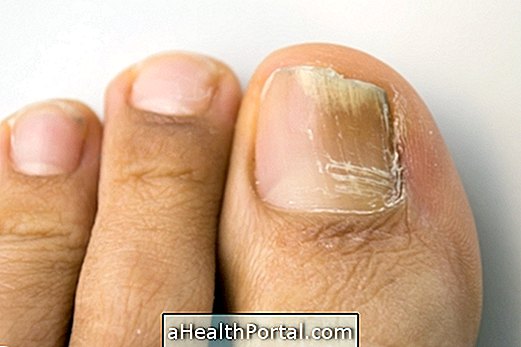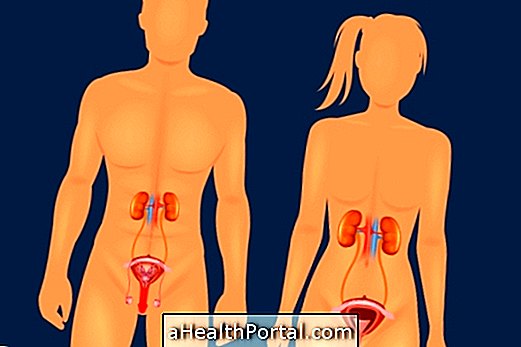Kallman syndrome is a rare genetic disease characterized by a delay in puberty and reduced or no smell due to a deficiency in the production of gonadotrophin releasing hormone.
Treatment consists of the administration of gonadotrophins and sex hormones and should be done as early as possible in order to avoid physical and psychological consequences.

What are the symptoms
The symptoms depend on the genes that undergo the mutations, the most common being absence or reduction of smell to puberty delays.
However, other symptoms such as color blindness, visual changes, deafness, cleft palate, renal and neurological abnormalities, and absence of descent of the testicles into the scrotal sac may occur.
Possible causes
Kallmann's syndrome is due to mutations in genes that encode proteins responsible for neuronal development, leading to changes in olfactory bulb development and consequent changes in gonadotrophin releasing hormone (GnRH) levels.
Congenital deficiency of GnRH leads to the production of hormones LH and FSH in amounts sufficient to stimulate the sex organs to produce testosterone and estradiol, for example, delaying puberty. See what the body changes happen at puberty.
How is the diagnosis made?
Children who do not initiate sexual development by the age of 13 in girls and 14 years in boys, or children who do not progress normally during adolescence, should be evaluated by the physician.
The physician should examine the person's clinical history, perform a physical examination, and request the measurement of plasma levels of gonadotrophins.
The diagnosis should be made in time to initiate hormone replacement therapy and to prevent the physical and psychological consequences of delaying puberty
What is the treatment
Treatment in men should be performed in the long term with administration of human chorionic gonadotrophin or testosterone and in women with cyclic estrogen and progesterone.
Fertility can also be restored by administering gonadotropins or by using a portable infusion pump to apply the subcutaneous pulsatile GnRH.






















